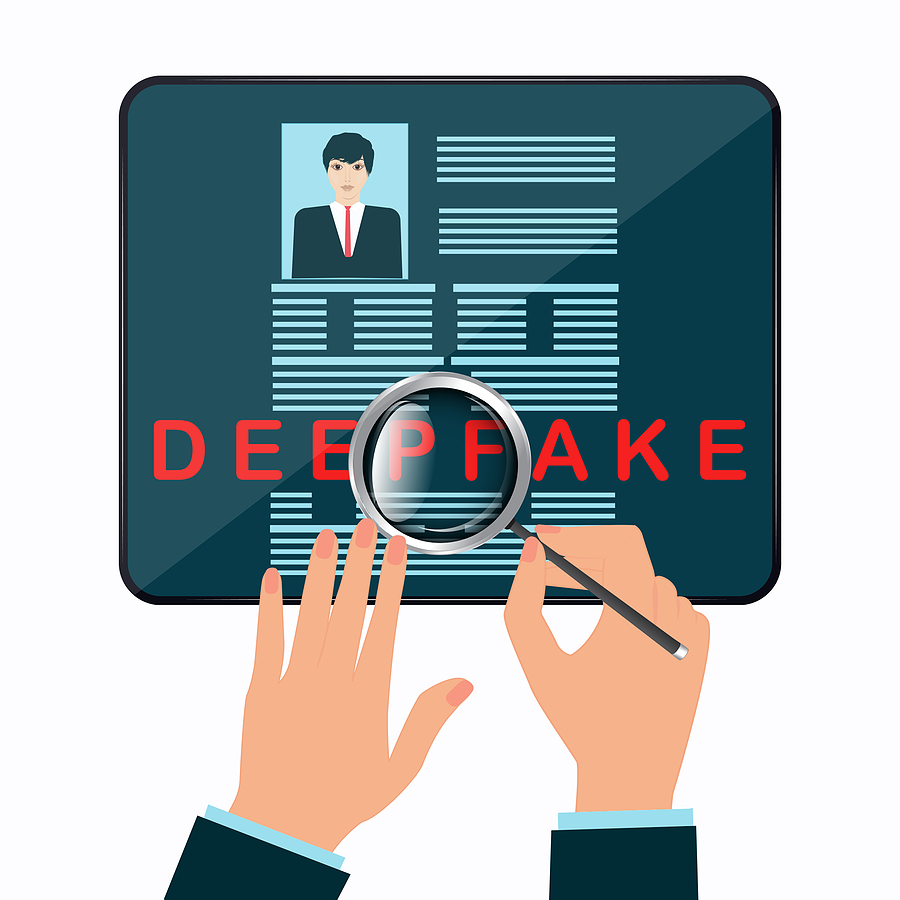Deepfake phishing is a new breed of social engineering attack where cybercriminals use artificial intelligence to create highly realistic fake voices and videos of trusted individuals. These can be executives, colleagues, regulators, or even family members.
Unlike traditional phishing, which relies mainly on suspicious-looking emails, deepfake phishing manipulates what people see and hear, making these attacks much more difficult to detect and resist.
Here’s how deepfake phishing differs from traditional phishing:
This difference matters. It’s one thing to question a strange-looking email, but it’s much harder to question the familiar voice or face of your CFO on a live video call. According to a survey, 66% of security professionals report having already encountered deepfake-based attacks. And that number is growing.
Phishing is a form of cybercrime involving emails, text messages, phone calls, or advertisements from scammers who impersonate legitimate individuals, businesses, or institutions – such as banks, government agencies, or courier services – with the intent of stealing money and/or sensitive information.
Victims are typically tricked into revealing usernames, passwords, banking credentials, personal details, or debit/credit card information by clicking on malicious links or engaging in fraudulent phone calls. Once the information is obtained, unauthorized transactions may be carried out on the victims’ accounts or cards, leading to financial losses and potential identity theft.
These scams work because they exploit two powerful psychological levers:
AI makes these attacks even more dangerous because it doesn’t just clone appearances but personality and delivery as well. Modern deepfake tools can replicate an executive’s accent, emotional tone, and conversational cadence within minutes of being fed samples scraped from earnings calls, keynote videos, or even podcasts.

To defend against these advanced threats:
This attack shows how innovative deepfake technology has become. These technical elements made the scam possible:
The tools needed to create these fakes are now more available than ever. They can:

Identity fraud involves the unauthorized use of someone else's personal information—such as names, Social Security numbers, or credit card details—to commit fraud or deception, typically for financial gain. As digital transformation accelerates, so does the sophistication and prevalence of identity fraud, impacting individuals, businesses, and governments worldwide.
• FinTech: Identity fraud, forged verification docs
• Banking: APP fraud, synthetic accounts
• Insurance: Altered claim videos, fake medical records
• Retail: Fake seller store fronts and scam fulfilment
• Media/Government: Voice impersonation, political disinformation
These sector-level risks are no longer isolated events; they’re becoming frequent, complex, and increasingly difficult to detect — raising operational and reputational stakes.
International bodies, such as the United Nations, are urging stronger measures to detect and counter deepfake content. Recommendations include implementing digital verification tools across content platforms and developing robust multimedia authentication standards.
As deepfake technology continues to evolve, both individuals and organizations must remain vigilant and proactive in safeguarding against these deceptive tactics.
 Like
0
Like
0
 Dislike
0
Dislike
0
 Love
0
Love
0
 Funny
0
Funny
0
 Angry
0
Angry
0
 Sad
0
Sad
0
 Wow
0
Wow
0